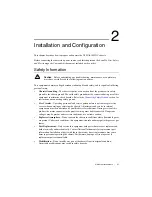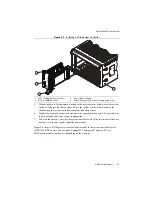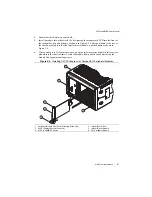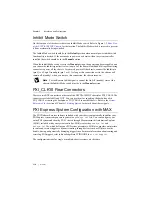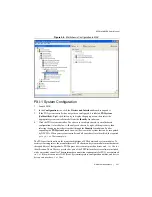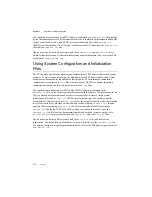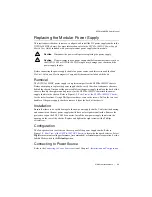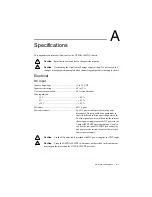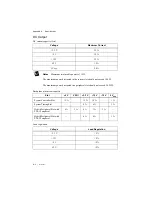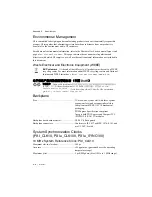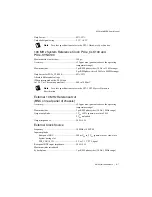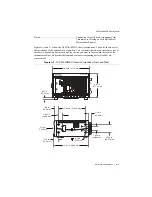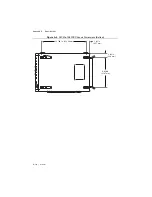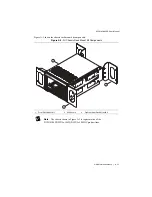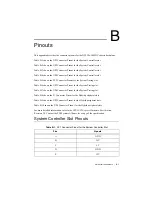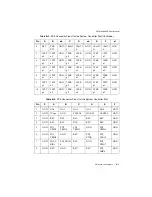
3-2
|
ni.com
Chapter 3
Maintenance
Exterior Cleaning
Clean the exterior surfaces of the chassis with a dry lint-free cloth or a soft-bristle brush. If any
dirt remains, wipe with a cloth moistened in a mild soap solution. Remove any soap residue by
wiping with a cloth moistened with clear water. Do not use abrasive compounds on any part of
the chassis.
Caution
Avoid getting moisture inside the chassis during exterior cleaning,
especially through the top vents. Use just enough moisture to dampen the cloth.
Caution
Do
not
wash the front- or rear-panel connectors or switches. Cover these
components while cleaning the chassis.
Caution
Do
not
use harsh chemical cleaning agents; they may damage the chassis.
Avoid chemicals that contain benzene, toluene, xylene, acetone, or similar solvents.
Resetting the DC Mains Circuit Breaker
If the NI PXIe-1082DC chassis is connected to a DC source and encounters an over-current
condition, the circuit breaker on the rear panel will trip to prevent damage to the chassis.
Complete the following steps to reset the circuit breaker.
1.
Turn off the chassis.
2.
Disconnect the DC power cable.
3.
Reset the circuit breaker switch.
4.
Reconnect the DC power cable.
5.
Turn on the chassis.
If the circuit breaker trips again, complete the following steps:
1.
Turn off the chassis.
2.
Disconnect the DC power cable.
3.
Remove all modules from the chassis.
4.
Complete the procedure described in the
Installation and Configuration
. If the power switch LED is not a steady green, contact
National Instruments.
5.
Verify that the NI PXIe-1082DC chassis can meet the power requirements of your
CompactPCI or PXI Express modules. Overloading the chassis can cause the breaker to
trip. Refer to Appendix A,
6.
The over-current condition that caused the circuit breaker to trip may be due to a faulty
CompactPCI or PXI Express module. Refer to the documentation supplied with the
modules for troubleshooting information.


